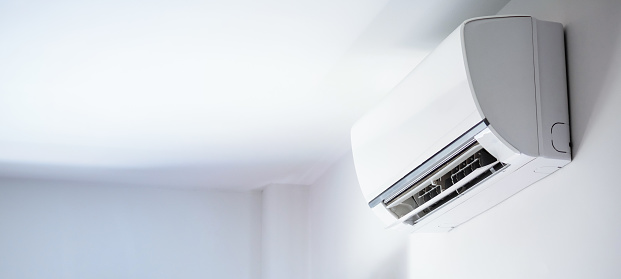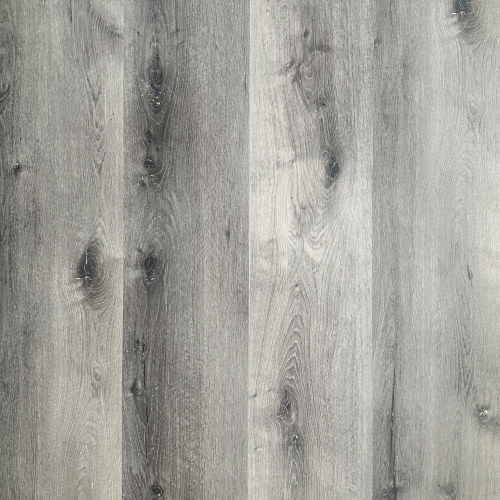
Roofs protect our homes from bad weather, but they themselves can’t escape the effects of nature. Even if you take care of your roof regularly, it will still get damaged and worn out because it is constantly exposed to the weather and other elements.
If you find any leaks or believe that your roof was installed incorrectly, it’s important to reach out to professionals and get help from roof restoration or roof repair services. This will stop more damage from happening.
6 Roof problems that need restoration
1. Cracked or broken tiles
If you have cracked or broken tiles on your roof and you don’t fix them, water can leak through and cause damage. To stop this from happening, you might need to do a roof restoration. That means replacing the damaged tiles to keep your roof in good condition and prevent more problems.
What causes broken or cracked tiles?
- Tiles can crack or break if something heavy like branches, hail, or debris falls on them.
- If tiles are exposed to different weather conditions for a long time, they can become cracked or broken.
- When tiles that are already weakened or damaged are stepped on repeatedly, they can break. This often happens to roofers, chimney sweeps, and other workers who need to go on the roof.
- If tiles are not installed properly, they can crack or break easily.
- Over time, the structure supporting the roof can shift or settle, causing the tiles to crack or break.
How to fix it?
If you have tiny cracks or chips on your roof tiles, you can perform a DIY by using a special sealant or glue to cover them up. This will stop water from getting in and causing more harm.
However, if your tiles are really damaged or broken, we recommend seeking professional help. They will take the broken or damaged tiles and put in new ones that match the type and colour. They might also need to adjust the neighbouring tiles to fit the new tile properly.
2. Lichen or Moss growth
Moss and lichen can grow on roofs in wet and shady places. This can harm the roof, especially if it’s made of materials like asphalt shingles or terracotta tiles, which moss and lichen are more likely to cling to because of their rough and absorbent surfaces.
What causes lichen or moss growth?
- Lack of sunlight
- Moisture
- Poor ventilation
- Organic materials such as leaves, twigs, or dirt covering the roof.
How to fix?
To get rid of moss and lichen on a roof, a professional roof contractor will first wash the affected area using a strong spray of water or a special roof cleaner. Then, using a brush with tough bristles, they will scrub away any leftover moss or lichen.
Once the roof is cleaned, the professional will can put a special substance on it to stop moss and lichen from growing again. If the moss and lichen grew because of branches hanging over the roof or trees nearby, it’s important to cut those branches to stop them from growing again.
Having good air circulation in the space between the ceiling and the roof can stop dampness from building up and make it less likely for moss and lichen to grow. To achieve this, your professional roof contractor might need to put in vents or fans to help the air move around better.
3. Discoloured or faded tiles
As time goes by, the tiles on your roof can lose their colour or look different because of the sun and weather. This can make your roof not look as good and might mean you need to fix it to get the original colour back.
What causes fading of tiles?
- Weathering
- Exposure to sunlight
- Poor quality tiles
- Chemical reactions from air pollutants.
How to fix?
Roof Restoration Cranbourne experts say that if the tiles look very faded or have changed colour, they might need a thorough restoration. This means cleaning them, fixing any damage, and adding paint, coating, or treatment to make them look better and keep them safe.
Sometimes, if the tiles are too damaged, they may need to be replaced with new ones during the restoration process. For all this, we highly recommend hiring a professional and not opting for DIY to save some bucks.
4. Rusty metal roof
Metal roofs can get rusty when they come into contact with moisture and different weather conditions. This is more likely to happen in places with lots of humidity or frequent rain. However, there are ways to stop or slow down the process of rusting in metal roofs.
What causes rusty metal roofs?
- Lower-quality metal roofs
- Lack of proper maintenance
- Scratches or damage that exposes the underlying metal to moisture
- Exposure to exteriorelements such as rain, snow, wind, and sun
- Exposure to saltwater or industrial pollutants
How to fix it?
Fixing rusty metal roofs needs expertise and a lot of work. For instance, before fixing anything, it’s important to clean and prepare the rusty parts of the metal roof. Once the surface is ready, a special solution can be applied to the rusty area to stop the rusting and prevent more damage from happening. Hence, you should consult a professional who could help you with fixing it.
Further, based on the severity of the rust, you might need to fix or change the rusty part. This could mean cutting out the rusty section, putting in a new piece of metal, or using a metal patch to cover up the damaged part. After fixing the damage, you need to cover the affected part with a special coating or paint that stops rust from coming back. Doing a DIY for fixing rusty metal roofs can cause issues later. To prevent this, seeking professional assistance is highly recommended.
5. Uneven or sagging roof lines
If your roof looks droopy or not level, it might mean there’s a problem with its structure or how it was put in place. It’s important to have it checked out quickly so that the main problem can be fixed and more damage can be avoided.
What causes sagging tiles?
- Poor installation
- Natural settling of the building’s foundation
- Damage to the underlying roof structure, such as termite damage, rot, or water damage
- Accumulation of heavy ice or snow on the roof
How to fix?
Depending on why the roof is sagging or not even, a professional may need to fix the damaged beams or rafters, make the roof stronger with more supports, or add braces to spread the weight of the roof materials better.
Sometimes, the best solution is to replace the damaged or warped roof materials, add more insulation, or put new tiles on the entire roof to level it.
If water damage caused the sagging, the professional will fix any leaks or drainage problems so that water doesn’t get into the roof.
6. Deteriorating or damaged flashing
Flashing is a special material that is used to seal and protect the places where different parts of the roof come together. Its job is to stop water from getting inside the roof and causing damage.
If the flashing gets damaged or starts to break down, it can cause leaks and water damage. In those cases, the roof might need to be fixed or restored to prevent further problems.
Causes
- Weather conditions, including wind, rain, hail, and extreme temperatures
- Age
- Using inappropriate flashing type for a specific roofing material
- Poor installation
How to fix?
Here’s how a roofing contractor will deal with this issue: they will first remove the old, damaged flashing carefully to avoid harming other parts of the roof. After taking off the old flashing, they will clean and dry the area well. This will help the new flashing stick properly.
After the professionals have cleaned it, they will install the new flashing correctly and seal it with sealant or adhesive. This will help it fit securely and stop water from getting in.
The Takeaway
So, you can see there are several common roof problems that can be effectively addressed through restoration. Issues such as leaks, cracked or missing tiles, damaged flashing, and sagging roofs can all be resolved through restoration techniques.
By identifying and repairing these problems in a timely manner, homeowners can prevent further damage to their roofs and extend their lifespan. Restoration involves cleaning, repairing, and reinforcing the roof structure, ensuring its integrity and functionality.
Additionally, restoration can improve the overall appearance of the roof, enhancing the curb appeal and value of the property. Ultimately, investing in roof restoration is a proactive approach that safeguards against future costly repairs and ensures a durable and secure roofing system.





